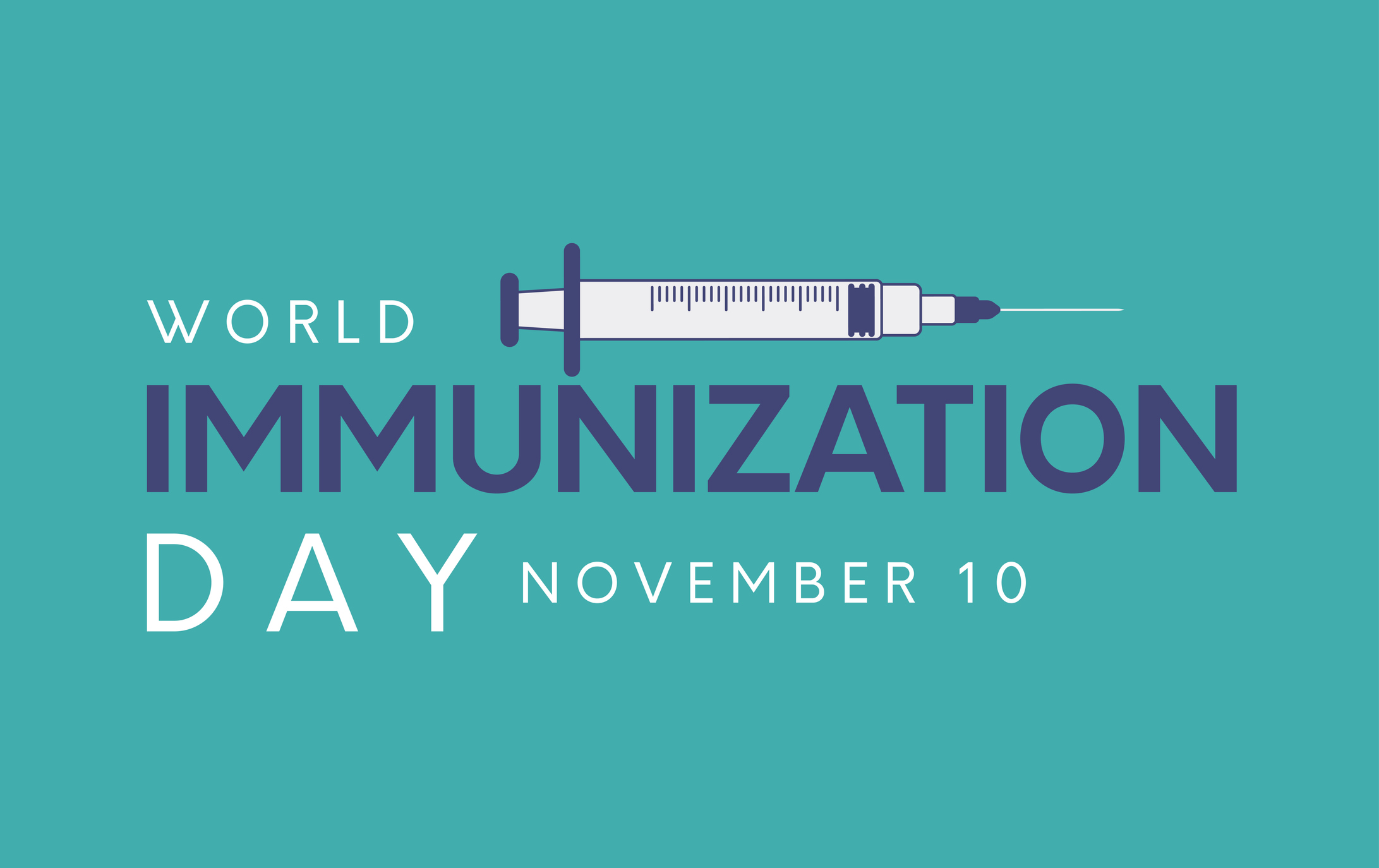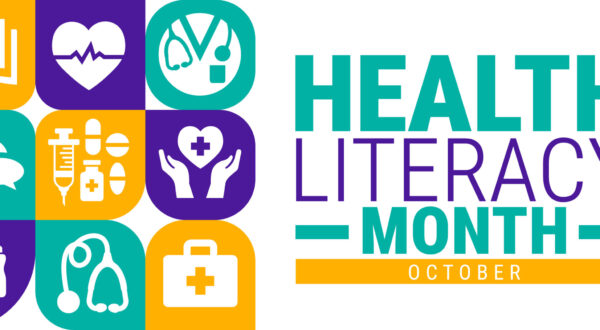World Immunization Day: A Personal Reminder of Why Vaccines Matter

Each year on November 10, World Immunization Day reminds us of one simple truth: vaccines save lives. Vaccines play a critical role in preventing unnecessary suffering by reducing illness, disability, and death from vaccine-preventable diseases.
Vaccines work by safely exposing the immune system to an inactive or weakened part of a virus or bacteria. This triggers the body’s natural immune response, allowing it to recognize and fight the real infection if it’s ever encountered in the future.
Vaccines are especially important for children because their immune systems are still developing, and they are more vulnerable to serious complications from diseases like measles, whooping cough, and chickenpox. Early vaccination helps build strong, lasting protection that keeps kids and the people around them healthy.
For me, that truth is personal.
My Personal Experience
When I was growing up, it was normal for children to get chickenpox, a disease that causes painful, inflamed blisters and itchy rashes all over the body. Getting chickenpox was seen as a childhood rite of passage, something every child would experience sooner or later. The earlier you got it, the better, since the illness tended to worsen with age.
I remember in my early elementary school years, some parents even hosted chickenpox parties when one child came down with the illness, hoping to expose others and get it over with. Despite my parents’ best attempts to introduce me and my sister to the virus early, neither of us caught it until years later.
In eighth grade, my younger sister brought chickenpox home, and soon I was covered head to toe in painful, incessantly itching blisters that no amount of calamine lotion or oatmeal baths could soothe. I eventually gave in to scratching, which only worsened the lesions until they bled. After the longest, most uncomfortable week of my life, I was left with permanent marks on my skin. To this day, I still have several prominent chickenpox scars.
For today’s children, chickenpox is largely a thing of the past thanks to the varicella-zoster vaccine (VZV). When my daughter received the VZV vaccine before her second birthday, I felt an immense sense of relief knowing she would never experience what I did.
Today, there are no more chickenpox parties, no more endless itching, and no more sleepless nights spent covered in calamine lotion. Chickenpox has become something most children only hear about from their parents or teachers. That’s the quiet power of vaccines: they make once-common childhood illnesses almost disappear.
What Vaccination Looks Like for Kids in Colorado
In Colorado, children entering elementary school are required (unless an exemption is filed) to receive a series of vaccines that protect against serious diseases. The Colorado Immunization Schedule for children K–12 includes:
- Hepatitis B (HepB)
- Diphtheria, tetanus, pertussis (DTaP)*
- Inactivated poliovirus (IPV)*
- Measles, mumps, rubella (MMR)*
- Varicella (chickenpox)*
- Tetanus, diphtheria, pertussis (Tdap)**
* Students 4–6 years old are required to have their final doses of DTaP, IPV, MMR, and Varicella before entering kindergarten.
** Students are required to have Tdap prior to entry into 6th grade (one dose required for grades 6–12).
The full, up-to-date schedule is available on the Colorado Department of Public Health & Environment (CDPHE) website. Staying on track with these vaccines helps ensure that children, classrooms, families, and communities remain protected from preventable diseases.
Why It Still Matters
Even with strong immunization programs, measles outbreaks are reemerging across the country, including in communities with lower vaccination rates. Measles spreads quickly and can cause serious complications, especially for young children and people with weakened immune systems.
As of October 15, 2025, there have been 1,596 total measles cases nationwide, including 27 cases in Colorado. Of those, 66% occurred in children and youth under 19 years old (CDC).
For the 2023–2024 school year, Colorado reported a statewide MMR (measles, mumps, rubella) vaccination rate of 88.3% among kindergarteners. While that may sound high, it falls short of the 95% coverage needed for community (herd) immunity, which helps stop the spread of disease and protect those who cannot be vaccinated (CDC).
Outbreaks like these remind us that maintaining high vaccination coverage is a shared responsibility. Vaccines don’t just protect the individual, they protect everyone around them, including infants, older adults, and those who are immunocompromised or are unable to receive the vaccine.
A Day to Reflect and Act
World Immunization Day is more than just a date on the calendar. It’s an opportunity to celebrate how far we’ve come and commit to keeping children and communities healthy and resilient.
If you’re a parent or caregiver, take a moment to check your child’s vaccination record. Talk with your health care provider if you have questions or concerns. Staying up to date on vaccines protects not only your child, but the entire community from preventable diseases.


